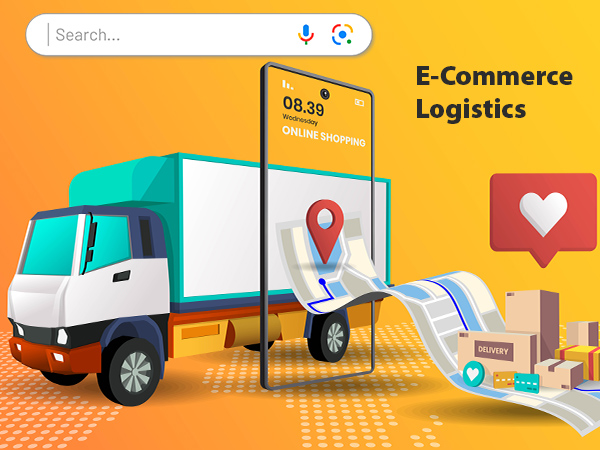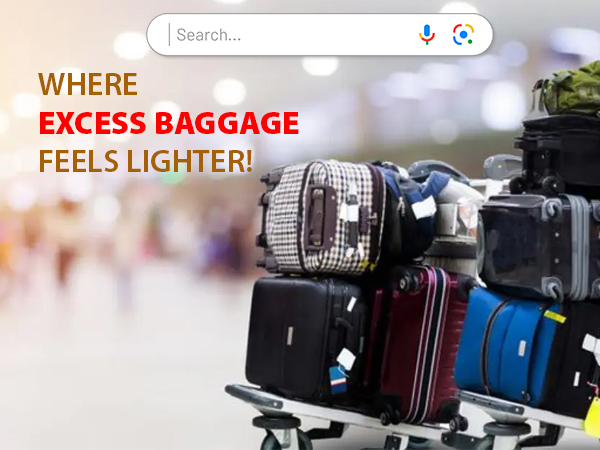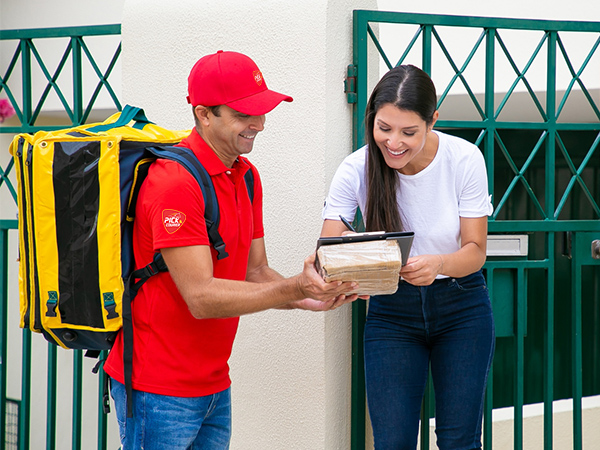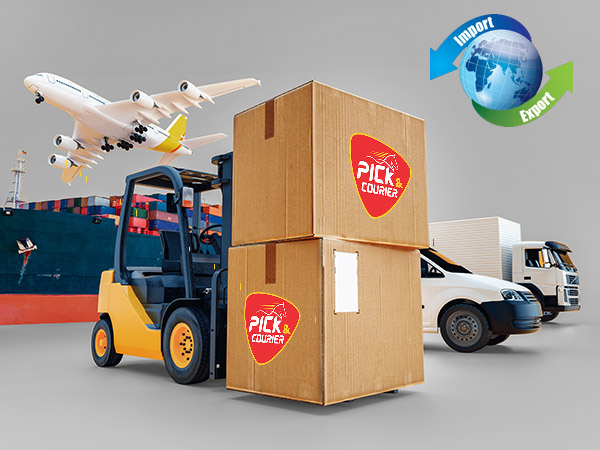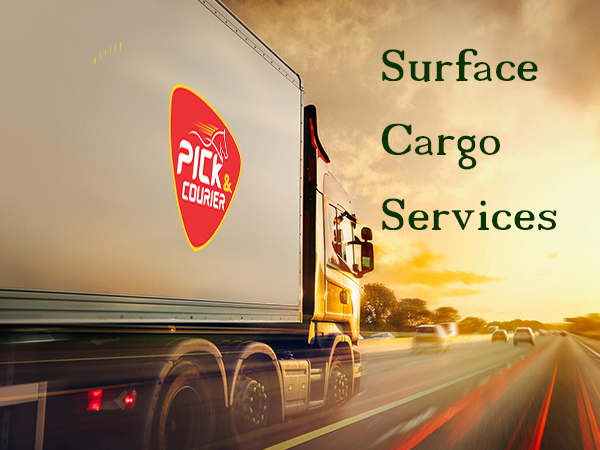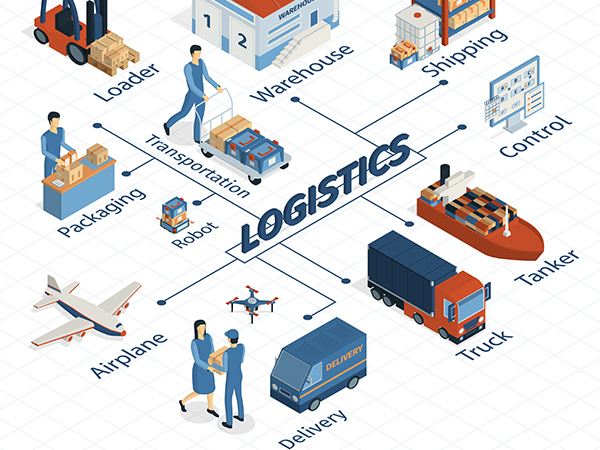Import and Export -Customs Clearance
Import & Export Customs Clearance is the process by which goods are allowed to enter or leave a country. It involves complying with the customs regulations and requirements of the respective country to ensure the legal and smooth movement of goods across borders. The customs clearance process involves several steps:
Documentation:
- Providing the necessary paperwork, including invoices, packing lists, bills of lading, and any other relevant documents. Accurate and complete documentation is crucial for customs clearance.
Customs Declaration:
- Submitting a customs declaration that includes details about the nature, quantity, and value of the goods being imported or exported. This declaration helps customs authorities assess duties and taxes.
Duties and Taxes:
- Determining and paying any applicable import duties, taxes, and fees. Customs authorities assess these charges based on the type and value of the goods being imported.
Inspection:
- Customs authorities may inspect the goods to verify the information provided in the documentation. This inspection can include physical examination or the use of technology such as X-rays.
Quarantine and Permits:
- Some goods may require special permits or undergo quarantine inspections to ensure they comply with health and safety regulations.
Customs Clearance Agent:
- Many businesses use the services of customs clearance agents or brokers who are experts in navigating the customs process. These agents facilitate the smooth movement of goods by handling the paperwork and communication with customs authorities.
Electronic Customs Clearance:
- Many countries have adopted electronic systems for customs clearance, allowing for faster and more efficient processing of customs documentation. This often involves online submission of declarations and other documents.
Customs Tariff Classification:
- Determining the correct classification of goods according to the customs tariff is crucial, as it affects the applicable duties and taxes.
Risk Management:
- Customs authorities often use risk management techniques to identify shipments that may pose a risk and require closer inspection.
Release of Goods:
- Once customs clearance is complete, and all duties and taxes are paid, the goods are released and can be delivered to their destination.
It's important for businesses engaged in international trade to be aware of and comply with the customs regulations of the countries involved to avoid delays, fines, or other complications. Customs clearance requirements vary by country, and staying informed about these regulations is essential for a smooth and compliant import/export process.
Enquire Now
Have Questions about this service? Fill out the form below and we will get back to you within 24 hours.


